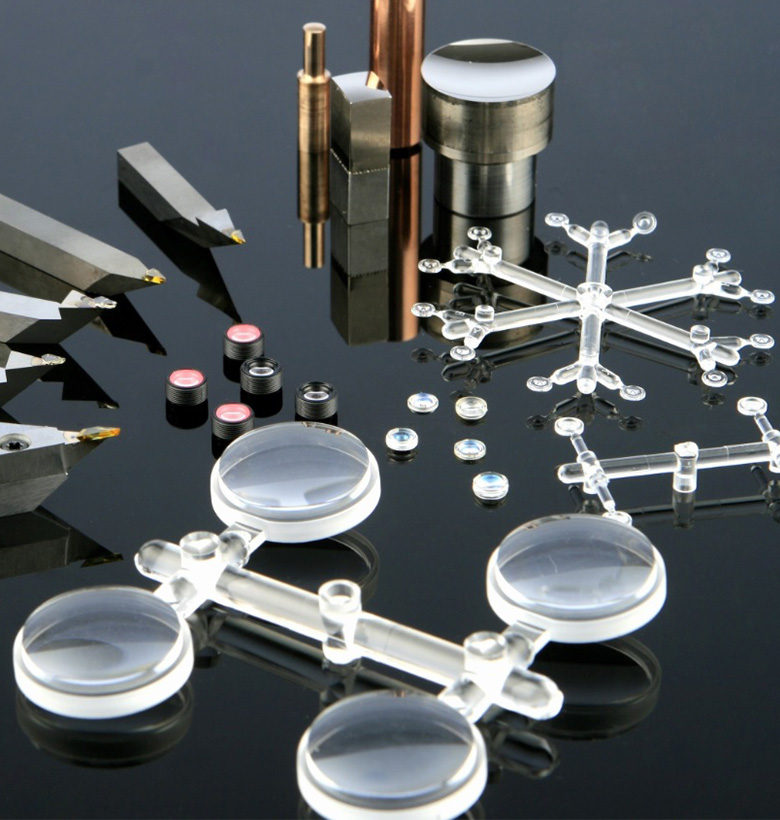With a decade-long presence in the optical industry, Noni is a trusted supplier that excels in delivering high-precision optical lenses tailored to customers’ specific requirements and designs. Our vast experience in the field enables us to provide optimal solutions based on customers’ samples and drawings. Our commitment to excellence extends beyond our own processing technology. We have cultivated strong collaborations and partnerships with industry peers, fostering a cooperative environment that promotes innovation and ensures the highest quality products. Our expertise includes the production of optical PMMA, PC aspheric lenses, aspheric magnifying lenses, and 3D optical lenses. We also provide molding production for various optical plastics such as polystyrene, silicone, olefin, PMMA, and PS.









